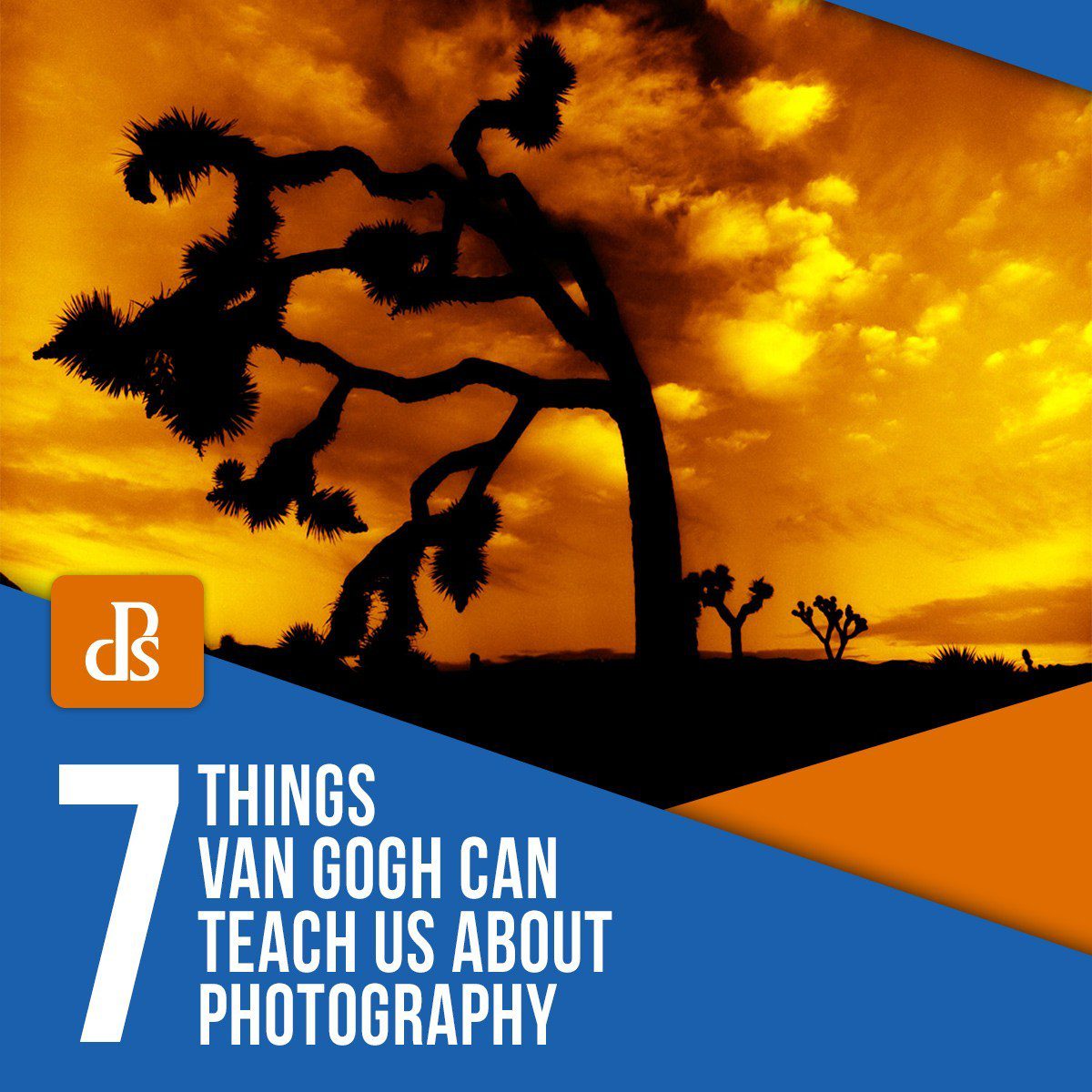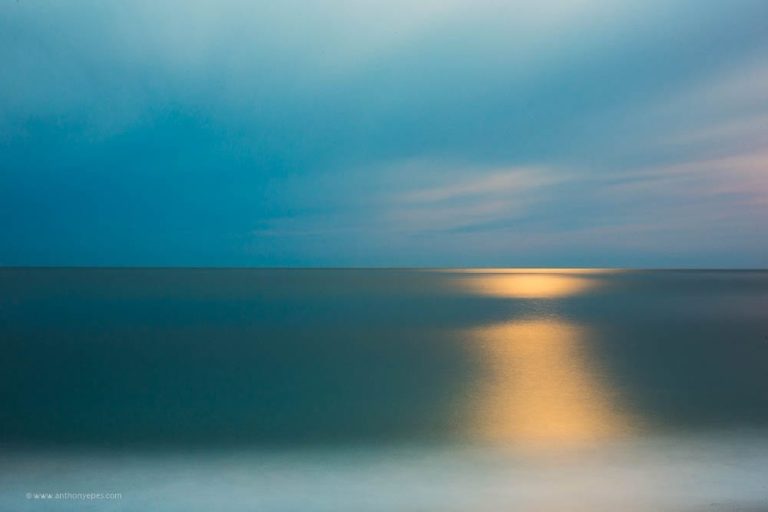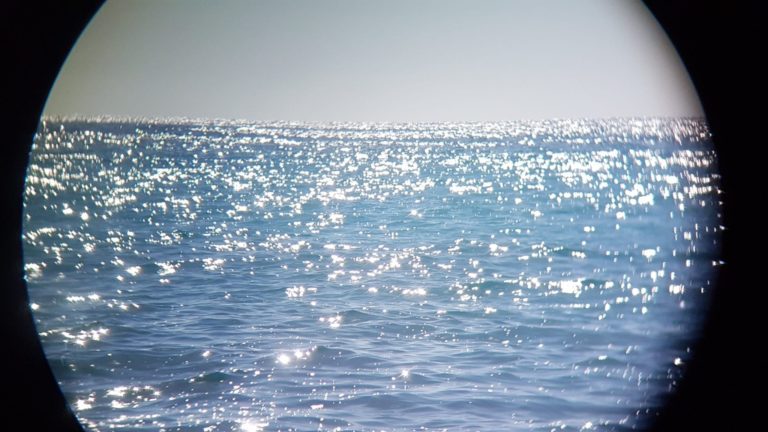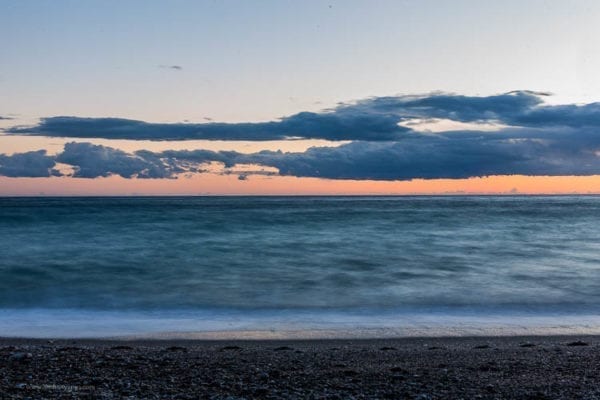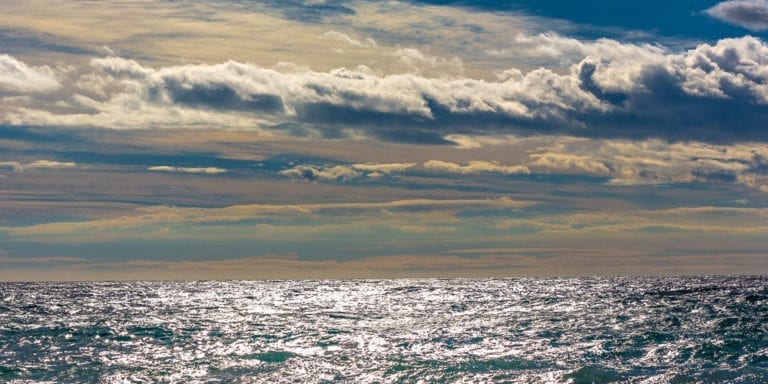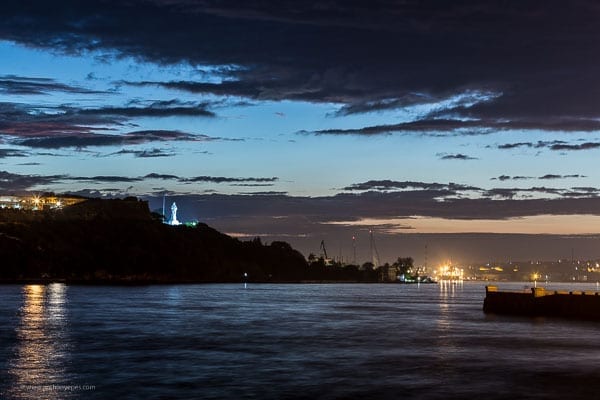7 Things Van Gogh Can Teach Us About Photography
Hey friends, Hope today is excellent for you! Every few months we write an article for Digital Photography School and this months is a cracker! The article is inspired by the creative genius that was Van Gogh. 7 Things Van Gogh Can Teach Us About Photography He really inspires me, […]
